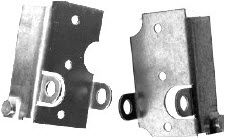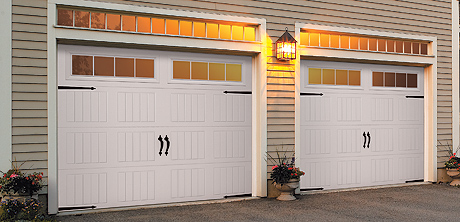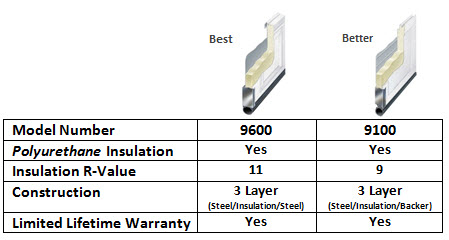Our Classic Steel Garage Door Model 9100 and 9600 feature pinch resistant door panels. Chosen by homeowners for its strength, durability, and gracious design, this steel garage door models have polyurethane foamed-in-place insulation. The steel garage door Model 9100 is constructed with a steel-polyurethane “Toughguard” backer and has an R-value* of 9, and the Model 9600 door has an R-value of 11, giving both of these garage doors excellent insulating ability to your home’s thermal efficiency.

* Wayne Dalton uses a calculated door section R-value for our insulated doors.
These are no ordinary garage doors. The front panels of Models 9100 & 9600 are made with high-tensile steel finished with an easy-to-maintain, baked-on polyester finish. Inside, top and bottom horizontal struts add rigidity and result in smoother operation. The foamed-in-place insulation delivers better sound control and dent resistance. Not only that, but it is offered in four distinctive designs, six factory finish colors and a wide selection of window options.
2- Choose a Color
*Actual door colors may vary slightly from the website images due to fluctuations in paint or staining process.
*Gray is only available in the 9100 model and green is only available in the 9600 model.
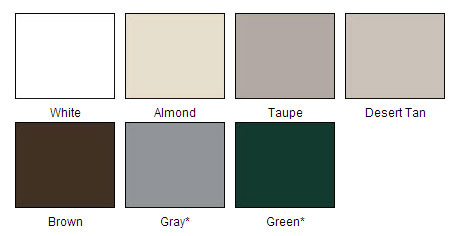
3- Choose a Window
Not all window options are available with every panel style.
Window options are not interchangeable between panel options. Check with us for details.
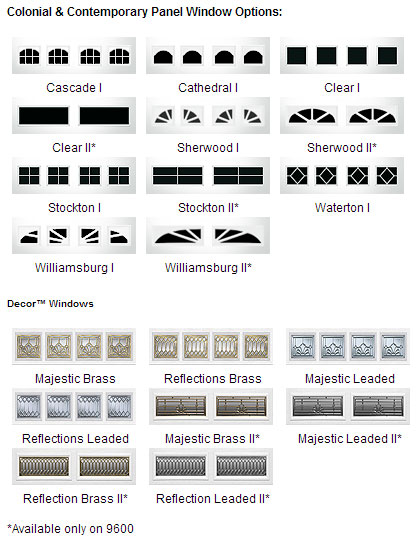
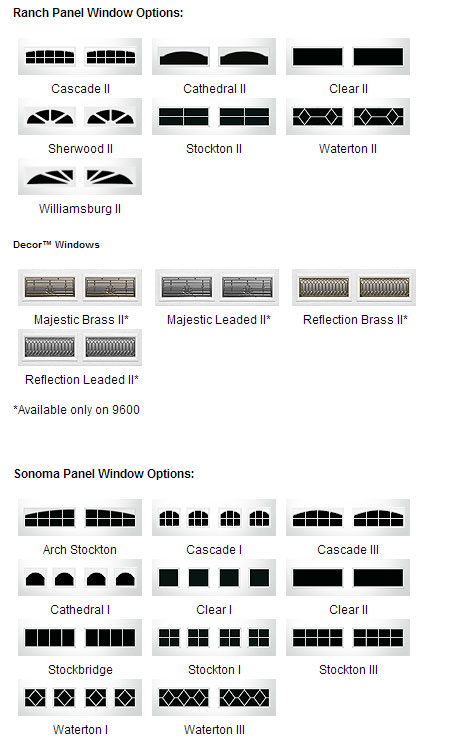
4- Choose your Hardware
Every piece of our garage door hardware is made from black powder coated steel with a hand-hammered look. Additional accent pieces are available to match or complement each collection.
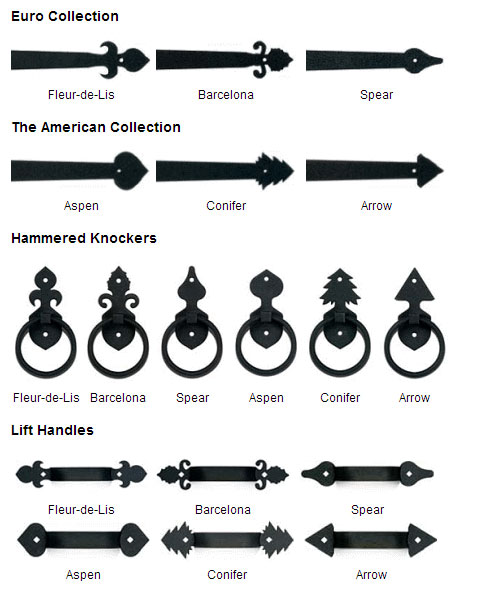
Garage Door Features

TorqueMaster® Counterbalance
TorqueMaster® Plus is Wayne Dalton’s exclusive counterbalance system that safely and cleanly contains the springs inside a steel tube. Having the springs contained in the metal tube looks much better than exposed springs and prevents the collection of dirt and grime on them. The TorqueMaster® Plus design helps prevent injury that could result from the accidental release of tension and includes an anti-drop safety device. If a spring should happen to break while the door is in the up position, the anti-drop device will stop the door from going into a free fall.
The Wayne Dalton residential garage doors that feature TorqueMaster®:
Carriage House Steel Garage Door Model 9700
Carriage House Steel Garage Door Model 9400
Classic Steel Garage Door Model 9100 / 9600
Classic Steel Garage Door Model 8000 / 8100 / 8200
Designer Fiberglass Garage Door Model 9800 (up to 8ft.)
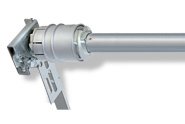
Pinch-Resistant Door Panels
The Wayne Dalton pinch-resistant garage door design is engineered to help eliminate injuries caused when fingers are caught in door panel joints during downward operation of the door. This is an important feature to Wayne-Dalton doors, as there can be injuries associated with standard garage door operation. Wayne Dalton developed the first integrated pinch-resistant door design in the industry.
TorqueMaster Pinch-resistant door panels help push fingers out of harm’s way if accidentally placed near a closing door.
The Wayne Dalton residential garage doors that feature pinch resistant doors are:
Carriage House Steel Garage Door Model 9700
Carriage House Steel Garage Door Model 9400
Classic Steel Garage Door Model 9100/9600

Bottom weather seal
In addition to insulation, our doors have a bottom weather seal. The bottom weather seal blocks drafts and reduces air infiltration. It remains flexible even in extreme cold to keep the bad weather outside. All of our residential garage doors feature a bottom weather seal.
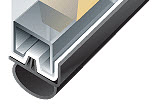
Tamper-Resistant Safety Bottom Brackets
Tamper-resistant safety bottom brackets help avoid possible injury by preventing inadvertent loosening when the counterbalance cables are still under tension.
